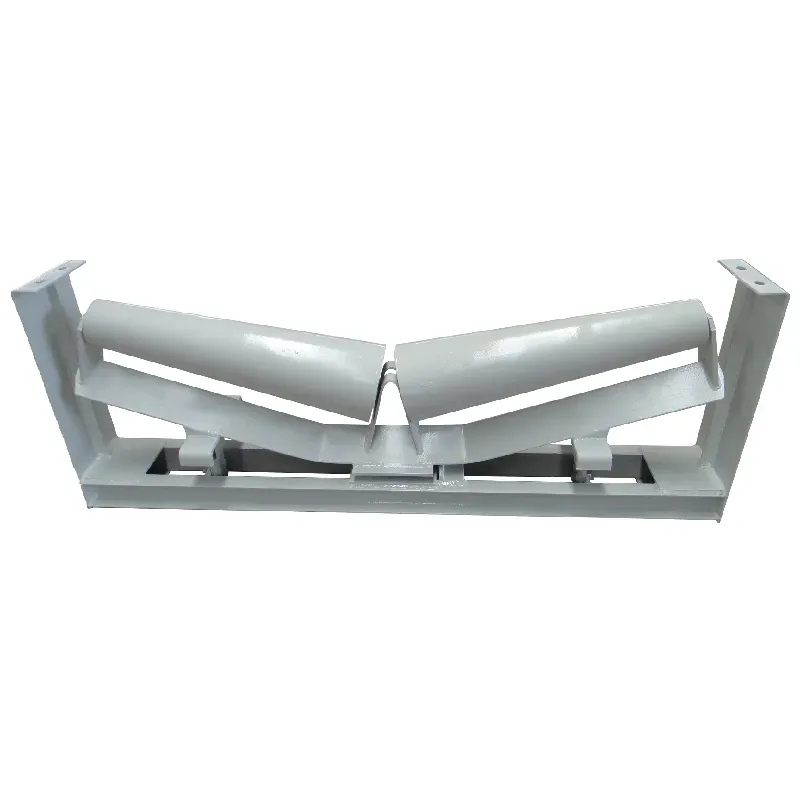 Afrikaans
Afrikaans  Albanian
Albanian  Amharic
Amharic  Arabic
Arabic  Armenian
Armenian  Azerbaijani
Azerbaijani  Basque
Basque  Belarusian
Belarusian  Bengali
Bengali  Bosnian
Bosnian  Bulgarian
Bulgarian  Catalan
Catalan  Cebuano
Cebuano  Corsican
Corsican  Croatian
Croatian  Czech
Czech  Danish
Danish  Dutch
Dutch  English
English  Esperanto
Esperanto  Estonian
Estonian  Finnish
Finnish  French
French  Frisian
Frisian  Galician
Galician  Georgian
Georgian  German
German  Greek
Greek  Gujarati
Gujarati  Haitian Creole
Haitian Creole  hausa
hausa  hawaiian
hawaiian  Hebrew
Hebrew  Hindi
Hindi  Miao
Miao  Hungarian
Hungarian  Icelandic
Icelandic  igbo
igbo  Indonesian
Indonesian  irish
irish  Italian
Italian  Japanese
Japanese  Javanese
Javanese  Kannada
Kannada  kazakh
kazakh  Khmer
Khmer  Rwandese
Rwandese  Korean
Korean  Kurdish
Kurdish  Kyrgyz
Kyrgyz  Lao
Lao  Latin
Latin  Latvian
Latvian  Lithuanian
Lithuanian  Luxembourgish
Luxembourgish  Macedonian
Macedonian  Malgashi
Malgashi  Malay
Malay  Malayalam
Malayalam  Maltese
Maltese  Maori
Maori  Marathi
Marathi  Mongolian
Mongolian  Myanmar
Myanmar  Nepali
Nepali  Norwegian
Norwegian  Norwegian
Norwegian  Occitan
Occitan  Pashto
Pashto  Persian
Persian  Polish
Polish  Portuguese
Portuguese  Punjabi
Punjabi  Romanian
Romanian  Russian
Russian  Samoan
Samoan  Scottish Gaelic
Scottish Gaelic  Serbian
Serbian  Sesotho
Sesotho  Shona
Shona  Sindhi
Sindhi  Sinhala
Sinhala  Slovak
Slovak  Slovenian
Slovenian  Somali
Somali  Spanish
Spanish  Sundanese
Sundanese  Swahili
Swahili  Swedish
Swedish  Tagalog
Tagalog  Tajik
Tajik  Tamil
Tamil  Tatar
Tatar  Telugu
Telugu  Thai
Thai  Turkish
Turkish  Turkmen
Turkmen  Ukrainian
Ukrainian  Urdu
Urdu  Uighur
Uighur  Uzbek
Uzbek  Vietnamese
Vietnamese  Welsh
Welsh  Bantu
Bantu  Yiddish
Yiddish  Yoruba
Yoruba  Zulu
Zulu Choosing the Right Conveyor Guide Rollers for Optimal Performance and Efficiency
Understanding Conveyor Guide Rollers Essential Components for Efficient Material Handling
Conveyor systems play a crucial role in various industries by streamlining the transportation of materials and products. Among the essential components of these systems are conveyor guide rollers, which ensure the stability and efficiency of the conveyor belts. This article explores the significance of conveyor guide rollers, their types, applications, and benefits.
What Are Conveyor Guide Rollers?
Conveyor guide rollers are cylindrical components mounted along the edges or the center of a conveyor belt. They serve to stabilize the belt, prevent it from drifting, and guide the material being transported. The design and placement of these rollers can significantly affect the performance of the conveyor system.
Types of Conveyor Guide Rollers
1. Flat Guide Rollers Flat guide rollers are typically used on the edges of conveyor belts. They are designed to keep the belt aligned while allowing it to move smoothly over the supporting framework. The flat surface reduces wear on the belt by providing consistent support.
2. V-Groove Guide Rollers V-groove guide rollers are designed to fit into the belt's groove, providing additional stability. This type is particularly useful in applications where the conveyor experiences lateral forces, as it helps the belt stay centered.
3. Adjustable Guide Rollers These rollers can be modified to accommodate different widths and configurations of conveyor belts. They offer flexibility for industries that operate multiple belt sizes, ensuring optimal alignment in varying setups.
4. Heavy-Duty Guide Rollers Heavy-duty guide rollers are made of robust materials to withstand extreme conditions, high loads, and abrasions. They are commonly used in industries such as mining, construction, and bulk material handling, where conveyor systems are exposed to harsh environments.
Applications of Conveyor Guide Rollers
conveyor guide rollers

Conveyor guide rollers are used in a wide range of industries, including manufacturing, warehousing, food processing, and logistics
. Here are a few key applications- Material Handling In warehouses and distribution centers, guide rollers help transport goods efficiently along conveyor belts. - Packaging In packaging lines, guide rollers ensure the smooth movement of products as they are filled, sealed, and prepared for shipping. - Mining In mines, conveyor guide rollers are critical for transporting heavy ores and materials safely over long distances. - Food Industry Guide rollers made from food-grade materials are used in food processing, ensuring sanitation while facilitating the movement of products.
Benefits of Using Conveyor Guide Rollers
1. Improved Stability The primary function of conveyor guide rollers is to stabilize the conveyor belt, reducing the risk of misalignment and downtime caused by belt drift. This stability is crucial for maintaining efficient operations.
2. Reduced Wear and Tear By providing consistent support, guide rollers help prolong the life of the conveyor belt. This leads to lower maintenance costs and less frequent replacements, which are critical for operational efficiency.
3. Enhanced Performance Properly aligned conveyor belts result in smoother operation and increased throughput. Guide rollers play a pivotal role in maintaining that alignment, thereby enhancing the overall performance of the conveyor system.
4. Versatility With various types of guide rollers available, they can be tailored to specific applications and environments. This versatility ensures that they can meet the demands of different industries effectively.
Conclusion
Conveyor guide rollers are indispensable in ensuring the efficient operation of conveyor systems across various industries. By stabilizing the belt, reducing wear, and enhancing performance, these components contribute to seamless material handling processes. Understanding their types and applications can help businesses select the right guide rollers for their specific needs, ultimately leading to increased productivity and cost savings. When designing or upgrading a conveyor system, investing in high-quality guide rollers is a step toward achieving operational excellence.
-
Revolutionizing Conveyor Reliability with Advanced Rubber Lagging PulleysNewsJul.22,2025
-
Powering Precision and Durability with Expert Manufacturers of Conveyor ComponentsNewsJul.22,2025
-
Optimizing Conveyor Systems with Advanced Conveyor AccessoriesNewsJul.22,2025
-
Maximize Conveyor Efficiency with Quality Conveyor Idler PulleysNewsJul.22,2025
-
Future-Proof Your Conveyor System with High-Performance Polyurethane RollerNewsJul.22,2025
-
Driving Efficiency Forward with Quality Idlers and RollersNewsJul.22,2025





























